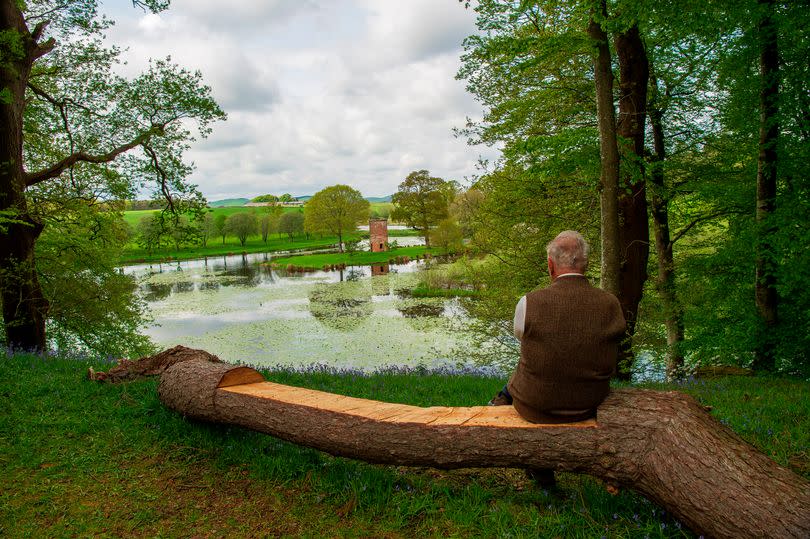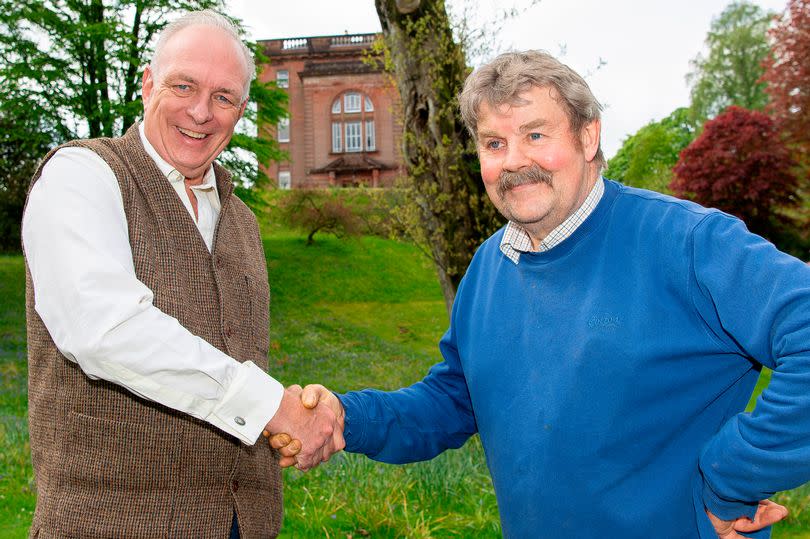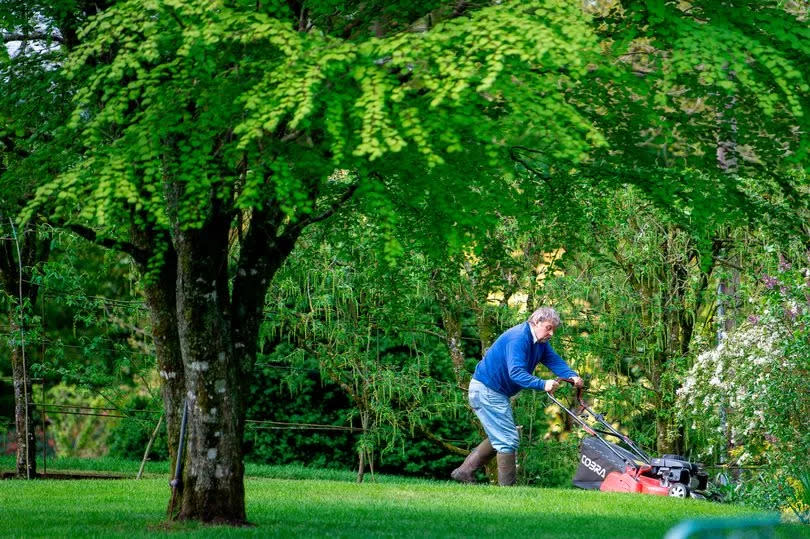Stunning grounds of Dalswinton House to open to the public under Scotland's Garden Scheme

Famed as a top fuschia grower with a mountain of trophies and awards to his name, Sandy Hutchison was most definitely born with green-fingers.
And his avocation – which bloomed into a vocation – sees him clocking up a significant milestone of 35 years being head gardener at one of the region’s jewels in private gardens – Dalswinton House – with its 30 acres of magnificent shrubberies, lawns, woodlands and loch enhanced by his comprehensive horticultural skills.
But he has no time to rest on his laurels as the stunning grounds are being fully opened to the public on Sunday from noon to 5pm as part of Scotland’s Garden Scheme.
The programme offers the chance to get outdoors and enjoy someone else’s hard work in some of the area’s most beautiful private gardens that open for charity on one day of the year.
And it is Sarah Landale, Dumfriesshire organiser for Scotland’s Gardens, and her husband, Peter, who will be sharing their Dalswinton paradise with visitors on Sunday.
The late 18th-century house sits on top of a hill surrounded by herbaceous beds and well-established shrubs, including rhododendrons and azaleas, overlooking the loch.
Homemade teas will be available from 2pm to 5pm and picnics are allowed in the walled garden, around the loch and on the lawns up by the house.
The £5 admission charge for adults (children free) at the open day helps a number of charities determined by the SGS – including the Maggie’s Centres, founded by Dumfries’ Maggie Jencks – plus the nearby Kirkmahoe Parish Church.

Peter and Sarah are in no doubt that it is the personal touch, knowledge and expertise of Dalbeattie-born Sandy – who lives in the grounds with his wife, Netty – that has kept it all looking so magnificent for all these years.
Sarah said: “It is remarkable that Sandy has been our head gardener at Dalswinton for 35 years. This is an amazing feat and we are truly indebted to him.
“The gardens are looking lovely for Sunday as Sandy is a terrific gardener and enthusiast.
“He has helped create the gardens and grounds as we see them today with the lovely views and the house set off with his amazing lawns and hedges.”
Sandy was named as the best overall student at Threave Gardening School near Castle Douglas in 1977 — an achievement that won him a year at Longwood in Pennsylvania, USA, to take part in an international gardening programme.
Now in his fourth decade at Dalswinton, Sandy – who can list titles like best in show at the British Fuchsia Society’s Scottish show among his achievements – is still as enthusiastic as ever and keen to share the private gardens with the public.
He said: “The landscape around Dalswinton House lends itself to creating a garden with many different features. We have formality around the house, rhododendrons and azaleas along the drive and the loch provides a wonderful waterscape. Each area needs a different approach. We hope everyone enjoys their visit to Dalswinton.”

Apart from the magnificent plants and trees Dalswinton has a lot of history. The late 18th century mansion was built by Patrick Miller, deputy governor of the Bank of Scotland, and he was Robert Burns’ landlord when the poet farmed at nearby Ellisland.
Miller is best known as the inventor of the Britain’s first steamship which made its maiden voyage on the man-made Dalswinton Loch in 1788, which visitors can stroll around on the open day and enjoy seeing a life-sized model of the vessel on the banks.
The house was almost certainly built on the site of a castle owned in earlier centuries by the Comyn family — one of whose members, John (Red) Comyn was murdered by Robert the Bruce in Greyfriars’ Monastery in Dumfries.
The castle has long since gone but the remains of Dalswinton Old House with a round stair tower, probably built by Dumfries merchant John Rome in the 17th century, still stand.
• A circular walk through the woods to the village and back, and the non-private grounds of Dalswinton, are open and popular with walkers year round and money donated in honesty boxes in the nearby car parks – behind the Barony Church or beside the Dalswinton Village Hall – also go to Scotland’s Garden Scheme.

 Yahoo News
Yahoo News 
